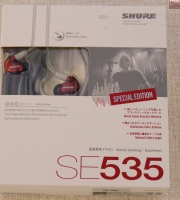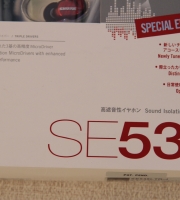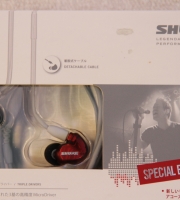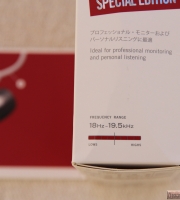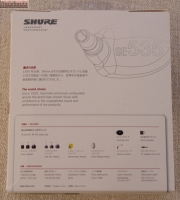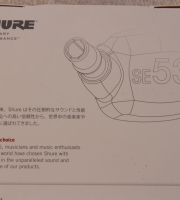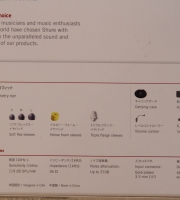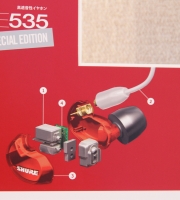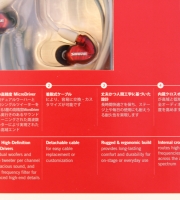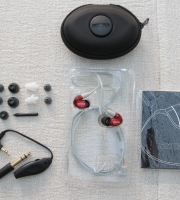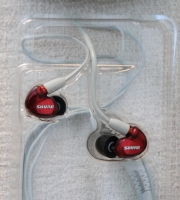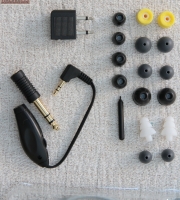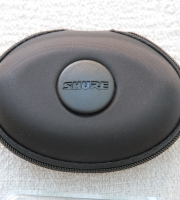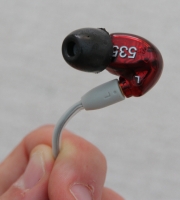Shure SE535 RED Special Edition Earbuds
Shure has been known for decades as one of the world’s leading manufacturers of a broad range of high quality audio components. Initially famous for their microphones, which are heavily relied upon by countless artists and engineers and tailord for any live or studio application, they also produce a copious selecion of mixers, monitoring systems, DSPs, headphones and earbuds.
The se535s featured in the photos below are a special edition of one of the company’s flagship IEMs (in ear monitors). Aside from the obvious difference in colour (the original models came in white and bronze), this particular set of buds also features a slightly wider frequency response of 18hz-19.5khz, an additional 0.5khz at the top end. As with Shure’s other high-end IEMs, the cable is detachable, allowing for easy cleaning or a relatively inexpensive replacement should common issues such as dirt or wear and tear degrade their performance . The sound quality generated depends strongly on a correct fit since all external/ambient noise needs to be surpressed, hence a generous helping of foam tips is supplied with the buds ensuring that they will sit firmly inside all but the most unusual of canals.
The cable is designed to ride up, over and down behind the ear, thereby minimizing any chance of the buds shaking out of place should one wish to use them during a bracing stroll or jog around the park!
I compared the original model with this limited edition in a variety of classical music, including Holst’s Planet’s Suite, the final movement of Rachmaninoff’s first symphony and highlights from Wagner’s Ring cycle. The initial two were digital stereo recordings from the mid 1980s and 90s, while the third was a digital remastering of reference level analogue recordings made throughout the 1950s 60s and 70s. I confess that in each case, the extra 0.5khz of treble was hard to identify, though the notable harshness in the mids – an issue frequently raised by audiophiles regarding the 535s – is to my ears fully resolved. Moreover, I personally detected a marked improvement at the low end, which straight away yielded a warmer, richer presence and far greater dimension, this was vividly evident during the music’s more opulent sections where the double basses, timpani and organ’s lower registers had plenty of room to breath. Of all the IEMs I’ve used, these come the closest to achieving a perfectly balanced sound stage.





